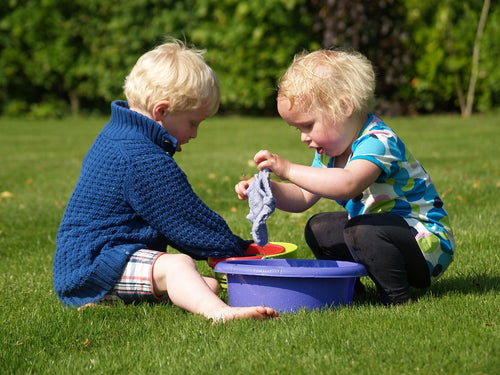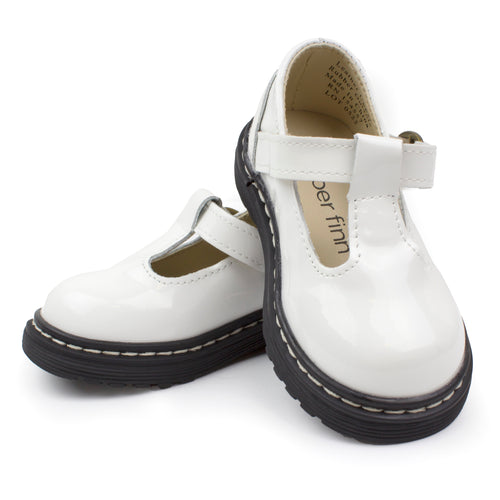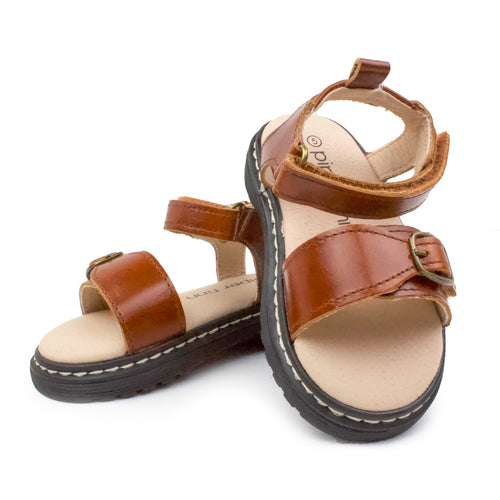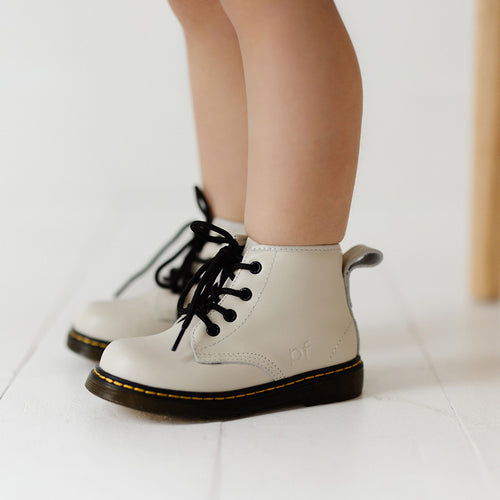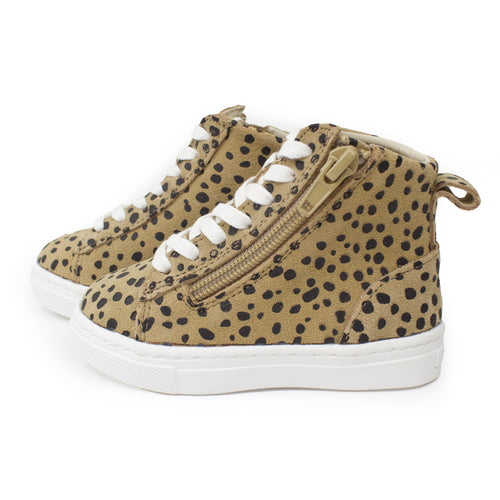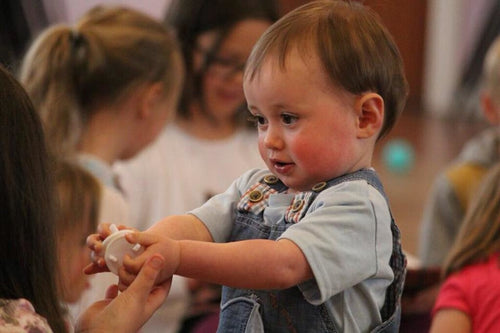Babies and toddlers constantly explore the world around them, using their five senses (taste, touch, sight, smell and hearing) to learn and develop. Sensory activities involve stimulating the senses in fun and interactive ways, helping children to develop their cognitive, physical, and social-emotional skills. In this today's Piper Finn blog post, we will explore the benefits of sensory activities for young children and provide some great parent tips and ideas to try at home with your little one.
The Benefits of Sensory Activities
Boosts Cognitive Development
Sensory play boosts cognitive development by allowing children to explore and process sensory input by stimulating the brain. Sensory play also provides a safe and fun environment for babies and toddlers to learn and develop. For example, playing with sand or water can help develop your little one's fine motor skills, improve their hand-eye coordination, and foster creativity.
Encourages Social-emotional Development
Sensory play nurtures social-emotional development by providing children with opportunities for self-expression and self-regulation. Sensory activities can give young children a way to express their feelings and emotions and help them learn to calm themselves when overwhelmed. For example, playing with play dough or slime can be a great activity for children who need a little extra sensory input to help them calm down.
Promotes Physical Development
Sensory play promotes physical development by allowing children to explore their environment through movement and touch. Children can learn about their bodies while developing their gross motor skills and improving their balance and coordination. For example, crawling through a tunnel or playing with balls of different textures can be a great way to promote physical development.
Supports Language Development
Sensory play supports language development by allowing children to practice communicating about the world around them. Children learn new vocabulary and develop their language skills as they describe the textures, smells, and colors they are experiencing. For example, reading books about different types of animals and exploring animal sounds through sensory play can be a great way to promote language development.
Encourages Creativity
Sensory play encourages creativity by providing children with open-ended opportunities to explore and experiment. Children learn to think outside the box and problem-solve as they come up with new ways to play and explore. For example, adding different ingredients to a sensory bin can spark creativity and encourage children to develop new ways to play.
Fun Sensory Activities For Kids
Let's explore some fun sensory activities that you can do at home:
- A sensory bin:
Fill a bin with items of different textures, such as rice, pasta, or beans, and let your little one explore with their hands. Parent Tips: You can also add small toys or themed items for added excitement. Alternatively, research specific age-appropriate sensory baby accessories for younger children.
- Ice cube painting
Freeze paint in an ice cube tray and let your child paint with the colorful ice cubes on paper or outside on the garden path on a warm day.
- Water play
Fill a tub with water and let your child splash around with cups, toys, and sponges. Parent tips: Add food coloring or bubble bath for added sensory input.
- DIY play dough
Mix flour, salt, water, and food coloring to make homemade play dough. Your child can mold it with their hands and add beads or glitter for added excitement.
- Sensory exploration baskets
Fill baskets with items of different textures and scents, such as soft fabric, feathers, and cinnamon sticks. Encourage your child to explore each item and describe what they are experiencing.
Final Thoughts
When it comes to parenting tips, sensory activities should be at the top of your list. Why? Because they provide numerous benefits for the growth and development of young children. By encouraging sensory play, parents and caregivers can help nurture cognitive, physical, social-emotional, and language development while stimulating creativity and problem-solving skills. Use our 5 sensory activities provided above and have fun engaging in activities that foster growth and learning in an entertaining and interactive way.
Image by Martine den Engelsen from Pixabay

